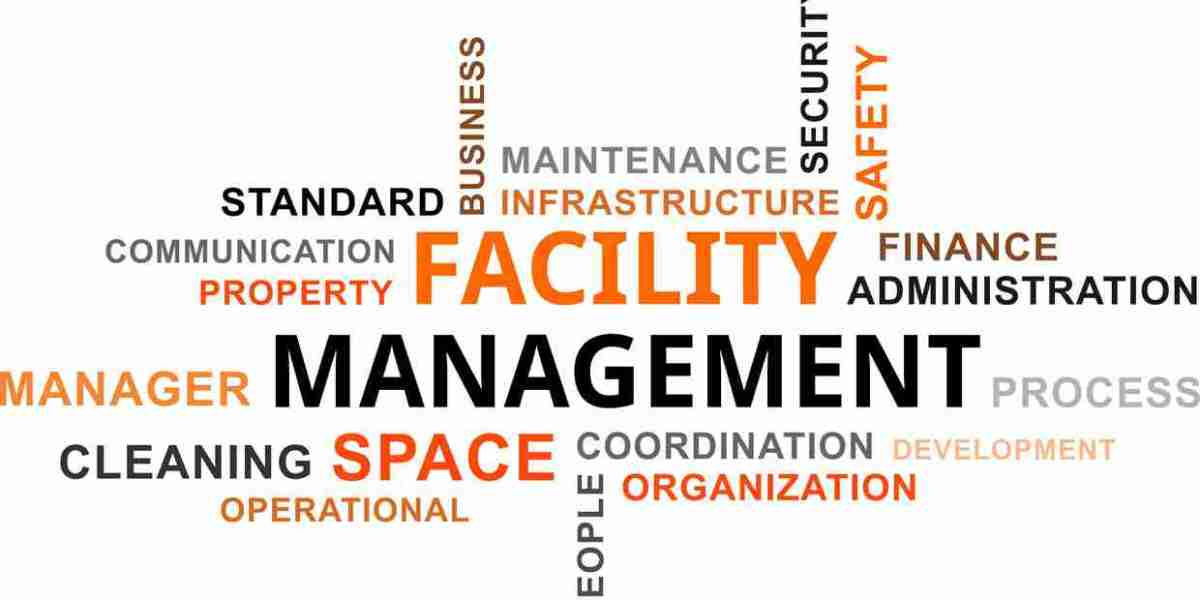The facility management market has evolved into a strategic function across various industries, but its growth is not without significant challenges. Despite rising demand for efficient, integrated, and technology-driven facility services, several inhibitors continue to limit its full potential. These obstacles impact the scalability, adoption rate, and overall effectiveness of facility management practices, especially in developing regions or traditional industries. Understanding these market inhibitors is essential for service providers, businesses, and policymakers aiming to unlock the market's value and build more resilient facility ecosystems.
High Initial Costs and Budget Constraints
One of the most prominent inhibitors in the facility management market is the financial burden associated with implementing comprehensive facility solutions. While modern facility management systems promise cost savings in the long run, the upfront costs related to digital platforms, smart building technology, retrofitting, and automation can be substantial.
Organizations with limited budgets—particularly small and medium-sized enterprises (SMEs)—may find it difficult to justify these investments. Cost concerns often lead to continued reliance on outdated systems or fragmented service models, reducing the effectiveness and scalability of facility operations. Even in larger enterprises, budget cuts can delay the adoption of innovative solutions, resulting in operational inefficiencies.
Shortage of Skilled Workforce
Another critical inhibitor is the shortage of trained facility management professionals. As the industry integrates more technology and sustainability-driven practices, the need for qualified technicians, energy managers, IT-integrated professionals, and system analysts has grown. However, the supply of such skilled labor has not kept pace with demand.
This gap is particularly noticeable in emerging economies, where training infrastructure may be limited, and FM as a career is still under-recognized. The lack of expertise not only affects service quality but also discourages organizations from transitioning to more complex or data-driven FM systems.
Resistance to Change and Low Awareness
In many organizations, especially those with longstanding operational methods, there is resistance to adopting new facility management approaches. Facility management is often viewed as a cost center rather than a value-generating function, resulting in low prioritization and minimal investment.
Decision-makers may not fully understand the benefits of integrated FM solutions, smart technologies, or sustainability practices. This lack of awareness leads to limited implementation of best practices and underutilization of available resources. Educating stakeholders on the long-term value of strategic facility management remains a major challenge in promoting industry adoption.
Fragmented Service Models
The facility management market in many regions is highly fragmented, with numerous small service providers offering niche or basic services. While this creates competition, it also results in inconsistent quality, lack of standardization, and difficulty in scaling operations across multiple sites.
In fragmented markets, organizations may work with multiple vendors for cleaning, maintenance, security, and energy services—leading to disjointed communication and operational inefficiencies. Without integrated service models, it becomes difficult to optimize costs, improve response times, and create unified reporting systems. This fragmentation hampers the development of a cohesive facility management strategy.
Limited Technological Infrastructure
Technology is a powerful enabler in modern facility management, but its benefits are not evenly distributed across all regions and sectors. Many organizations lack the digital infrastructure needed to support IoT-based systems, cloud platforms, or data analytics tools.
In regions with weak internet connectivity, low technology penetration, or outdated buildings, deploying smart solutions is difficult or economically unfeasible. As a result, these businesses miss out on the operational efficiencies and predictive capabilities that advanced FM tools provide. Without scalable and affordable technology, innovation remains limited to only a portion of the market.
Regulatory Complexity and Compliance Burdens
Navigating regulatory frameworks is another challenge that inhibits facility management market growth. From environmental compliance and workplace safety to building codes and labor laws, the regulatory landscape can be complex and highly variable across jurisdictions.
Ensuring compliance requires ongoing training, documentation, and investment—something not all organizations are equipped to handle. Frequent changes in regulations also create uncertainty and slow down the implementation of new initiatives. For service providers, non-compliance risks can lead to legal liabilities, fines, and reputational damage, making it a deterrent to market expansion.
Legacy Infrastructure and System Limitations
Many buildings and facilities, particularly older ones, were not designed with modern facility management in mind. These structures often lack the digital interfaces or hardware compatibility needed to integrate smart sensors, automated systems, or centralized control platforms.
Retrofitting such infrastructure is expensive, time-consuming, and in some cases, not feasible due to structural limitations or safety concerns. As a result, facility managers in these settings are forced to rely on manual processes and paper-based tracking, which hinders productivity and decision-making.
Lack of Industry Standardization
The absence of universal standards and benchmarks in facility management also poses a challenge. Without consistent guidelines for service quality, reporting metrics, or technology integration, it becomes difficult for organizations to measure performance, compare providers, or set strategic goals.
Standardization is critical to improving accountability and transparency in service delivery. It also allows for better contract management, performance evaluation, and benchmarking across different industries and geographies. The lack of it slows industry maturity and creates inconsistencies that affect trust and growth.
Conclusion
The facility management market holds immense potential, but several inhibitors continue to slow its growth and evolution. Cost pressures, skills shortages, outdated systems, and fragmented service delivery are some of the key barriers preventing organizations from realizing the full benefits of modern facility management.
Addressing these challenges will require coordinated efforts from businesses, service providers, educators, and regulators. With greater investment in training, digital infrastructure, awareness, and integrated models, the industry can overcome these barriers and deliver smarter, more sustainable, and resilient facility solutions worldwide.

![RPGs - Evolution to Mobile Adventures [2024]](https://pungi.b-cdn.net/upload/photos/2025/04/BNph4ICdkMH21lqftx3V_11_8a5d5640536394c1b7a4568071158043_image.png)


